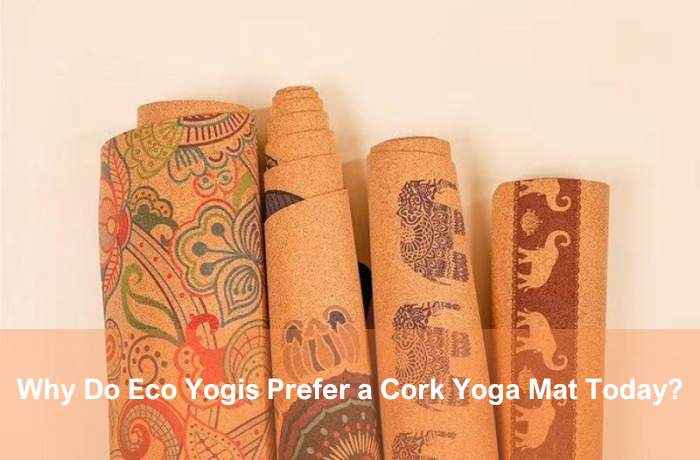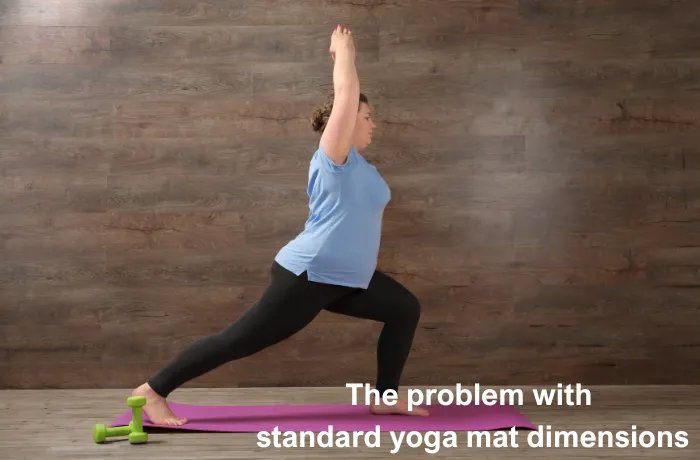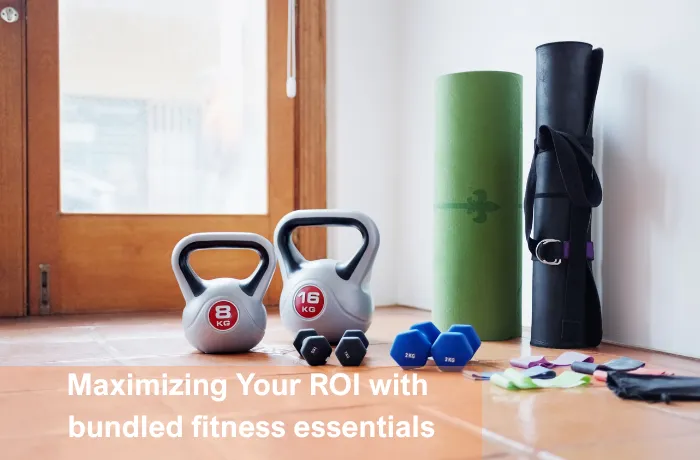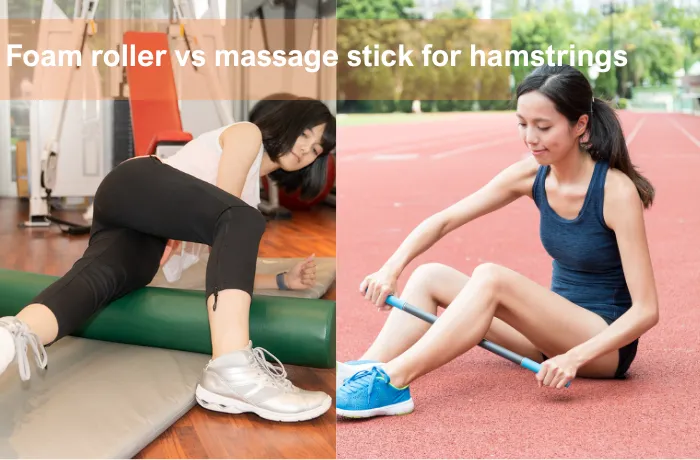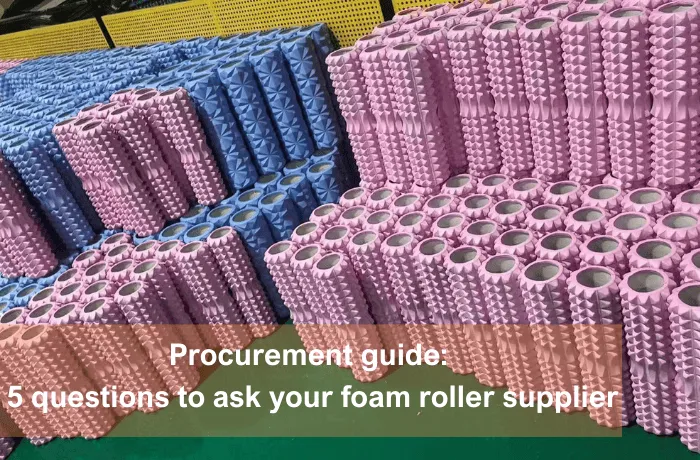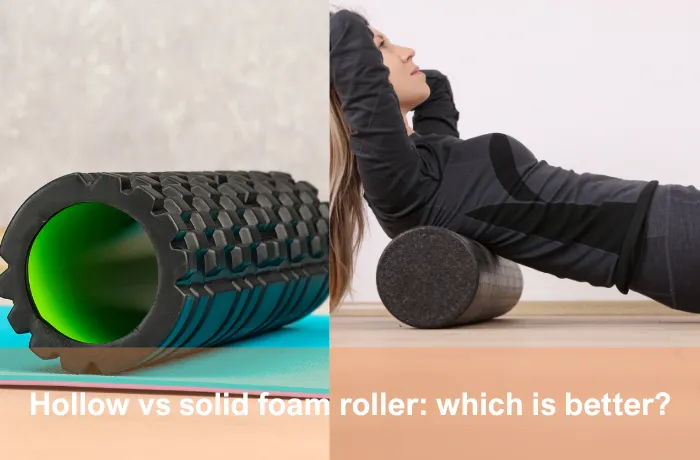You might notice more yogis rolling out a cork yoga mat these days. People love these mats for many reasons:
- Cork naturally resists germs and allergens, keeping your practice clean and safe.
- The grip gets even better when you sweat, so you stay steady in every pose.
- Cork comes from a renewable source and breaks down naturally, making it a top choice for eco-conscious yogis.
Next time you unroll your mat, think about how your choice supports the planet.
Key Takeaways
- Cork yoga mats are made from bark that grows back. This does not hurt the trees. They are good for the planet and break down naturally. These mats stop germs from growing by themselves. They stay clean without strong cleaners. The grip gets better when you sweat, so you are safer. Cork mats give strong support for your joints. They keep their shape longer than many fake mats. They last for many years if you care for them. This saves you money and makes less rubbish than cheap mats. Picking cork mats helps fair trade and saves forests. It also helps fight climate change and makes yoga better.
Sustainability
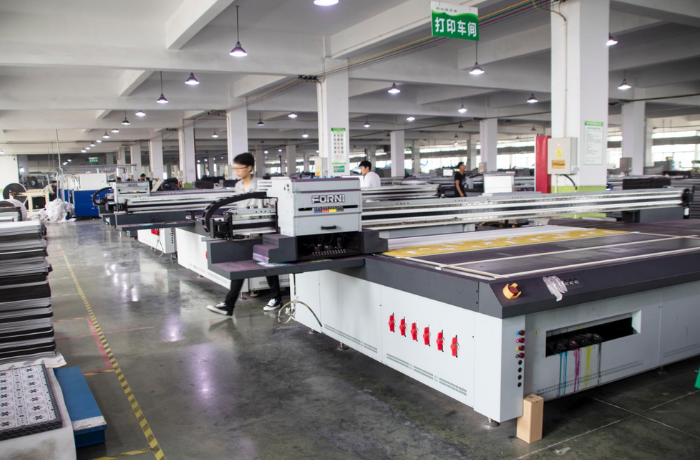
Renewable Materials
Picking a cork yoga mat helps the planet. Cork comes from the bark of cork oak trees. People take the bark off by hand every nine years. The tree does not get hurt and keeps growing. This way, the tree stays healthy. Cork oaks that are harvested take in more carbon dioxide. This helps slow down climate change. Cork forests are home to many plants and animals. They are important for nature.
Let’s look at how cork is different from other yoga mat materials:
| Material | Source | Renewability | Biodegradability | Environmental Impact |
|---|---|---|---|---|
| Cork | Bark of cork oak tree (natural) | Renewable (harvested without harming tree) | Biodegradable | Eco-friendly, sustainable |
| TPE | Synthetic blend (partly renewable) | Partly renewable | Not biodegradable | More eco-friendly than PVC, recyclable |
| PVC | Synthetic plastic | Non-renewable | Non-biodegradable | Toxic production, harmful chemicals, environmental pollution |
You can see cork is a better choice for the earth. Wellfitsource uses cork leftovers and natural rubber in their mats. Their way of making mats saves energy and cuts down on waste. When you buy a cork yoga mat, you help forests and fair trade.
Tip: Each time you use a cork yoga mat, you help forests and local people.
Biodegradability
Cork is not only renewable but also breaks down naturally. When your mat gets old, it will decompose. This means less rubbish in landfills. Mats made from PVC or TPE do not break down. They can harm the environment for a long time.
Cork yoga mats have natural rubber on the back. This rubber also breaks down. Wellfitsource does not use strong chemicals or fake glue. Their mats are safe for you and the earth. Cork is hypoallergenic and antimicrobial. You always get a clean and healthy mat.
- Cork mats break down in compost or soil.
- No bad chemicals go into the earth.
- Cork trees can live over 200 years and store carbon.
Choosing a cork yoga mat shows you care about the planet. You help stop pollution and make the future greener.
Health & Safety
Non-Toxic Surface
You want your yoga practice to feel safe and pure. Many traditional mats contain chemicals that can harm your health. When you choose a cork yoga mat, you avoid these risks. Here’s what you skip by making the switch:
- PVC, a plastic that can release dangerous dioxins.
- Phthalates, which may disrupt hormones and affect fertility.
- VOCs (volatile organic compounds) that can cause headaches or allergic reactions.
- Synthetic rubber additives like styrene and butadiene, both linked to cancer.
A cork yoga mat comes from the bark of cork oak trees. No tree gets hurt during harvest. You get a mat that is free from PVC, phthalates, and other toxic chemicals. Cork mats do not need chemical additives or flame retardants. They are safe for you and the environment. Many cork mats even carry certifications like OEKO-TEX or MADE SAFE, so you know they meet strict safety standards.
Tip: If you want a mat that is gentle on your skin and lungs, cork is a smart choice.
Antimicrobial Benefits
You sweat during yoga. Mats can get dirty and smelly. Cork has a secret weapon—suberin. This natural substance blocks bacteria, mould, and fungi from growing on your mat. Scientific studies show that cork can kill almost all bacteria, including Staphylococcus aureus and Escherichia coli, in less than two hours. The mat stays fresh and odour-free, even after hot yoga or intense sessions.
Unlike synthetic mats, you do not need harsh cleaners. Cork’s antimicrobial power works on its own. You just wipe it down with water. This makes your yoga space cleaner and healthier. Other mats do not have this natural defence. They may even release more chemicals when you clean them.
Note: Cork’s natural antimicrobial properties mean less cleaning and more peace of mind for you.
Performance
Grip & Traction
You want a mat that keeps you steady, no matter how sweaty your practice gets. Cork mats shine here. When you start your session, the grip feels good. As you sweat, the grip gets even better. This means you can hold poses longer and move with confidence.
Let’s look at how cork mats compare to others. Tests measured the grip of cork and rubber mats in dry, damp, and wet conditions. Here’s what they found:
| Condition | Cork Yoga Mat Prototype (Coefficient of Friction) | Lululemon Mat (Coefficient of Friction) |
|---|---|---|
| Dry | 1.248 | 1.489 |
| Damp | 1.132 | 1.243 |
| Wet | 1.089 | 1.178 |
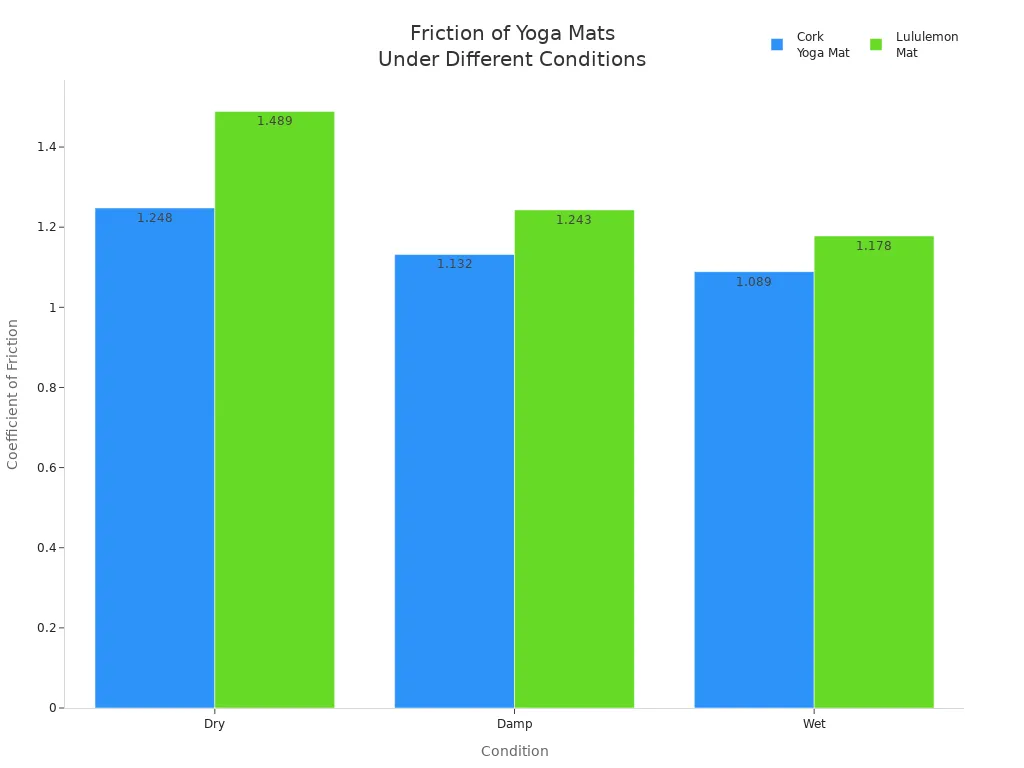
You might notice that cork mats start with a strong grip and keep it, even when wet. Many yogis say the grip feels best during hot yoga or sweaty classes. Some even spritz water on their mat before starting, just to boost traction. You get a mat that helps you stay balanced and safe, even in tricky poses.
Tip: If you practise in humid rooms or love hot yoga, a cork mat could be your best friend.
Cushioning
Comfort matters, especially for your joints. A cork yoga mat usually has a thickness of 4-5mm. This gives you enough padding to protect your knees, elbows, and back from hard floors. Unlike thick foam mats, cork mats feel firm but not hard. You get support without sinking in.
- Cork mats keep their shape and do not flatten over time.
- The firmness helps you balance better, so you feel stable in every pose.
- Many users say their joints feel less sore after practice.
- The mat’s surface stops you from slipping, which keeps your joints safe.
Here’s how users rate comfort and support:
| Mat Type | Comfort | Support | User Rating Summary |
|---|---|---|---|
| Cork | Moderate cushioning; firm and stable | Good support, balance of comfort and stability | Loved for eco-friendliness and support; sits between foam and rubber for comfort |
| Foam | Soft and cushioned | Less stable, less grip | Great for beginners; soft but not as durable |
| Rubber | Firm, moderate cushioning | Very supportive, excellent grip | Top choice for intense practice; less cushion than foam |
You get a mat that supports your body and helps you focus on your flow. Your joints stay happy, and your practice feels better every time.
Durability
Longevity
You want a yoga mat that lasts. Cork stands out for its natural strength. The cells in cork act like tiny springs. They bounce back after every use. Many yogis say their cork yoga mat stays in great shape for years, even with daily practice. Most cork mats last between one and two years, which is longer than many PVC or TPE mats. Some high-quality mats can last even longer if you look after them.
Cork’s waxy surface keeps water out. This stops mould and mildew from growing. Your mat does not get smelly or worn out quickly. The minimalist look also means it stays stylish as time goes by. Wellfitsource uses strict quality checks to make sure each mat is tough and ready for regular use. You get a mat that keeps its shape and grip, session after session.
Here’s a quick look at why cork mats last:
| Feature | Description |
|---|---|
| Natural resistance | Cork stands up to wear and tear, keeping its strength over time. |
| Shape retention | The mat bounces back after use, so it does not flatten. |
| Odour resistance | Cork does not trap smells, even after sweaty classes. |
| Antimicrobial surface | Stops bacteria and fungi, keeping your mat fresh. |
| Water resistance | Cork repels water, so it does not get soggy or damaged. |
Tip: If you want a mat that stays fresh and firm, cork is a smart choice.
Easy Maintenance
Looking after your cork yoga mat is simple. You do not need fancy sprays or harsh cleaners. Just wipe it down with a damp cloth after each session. For a deeper clean, use a little mild soap or a vinegar mix. Avoid strong chemicals, as they can harm the cork. Always let your mat dry before rolling it up. Store it in a cool, dry place away from sunlight.
- Wipe your mat with a damp cloth after use.
- Use mild soap or vinegar for deeper cleaning.
- Skip harsh chemicals to protect the cork.
- Store rolled up in a dry, shaded spot.
With these easy steps, your mat will stay clean, grippy, and ready for every practice. Cork’s natural properties mean you spend less time cleaning and more time enjoying your yoga.
Value of a Cork Yoga Mat
Ethical Choice
When you choose a cork yoga mat, you make a decision that matches your eco-friendly lifestyle. Many people now look for products that are kind to the planet and fair to workers. Cork comes from bark that grows back, so trees stay healthy. The way cork is harvested helps forests and supports local communities. You help protect nature and give workers fair pay and safe jobs.
Here’s why many eco-conscious yogis love cork mats:
- Cork is harvested without harming trees, so forests stay strong.
- Local workers get fair wages and good working conditions.
- Sustainable harvesting keeps animals and plants safe in cork forests.
- Cork trees help fight climate change by storing carbon.
- Energy-efficient production means less pollution.
- You support brands that care about people and the planet.
You can also look for certifications that show a mat is made the right way:
| Certification | What It Verifies |
|---|---|
| FSC | Responsible forest management and sustainable cork harvesting |
| BSCI | Fair labour and human rights standards |
| SGS | Health, safety, and environmental compliance |
| CE | European safety and quality standards |
| B Corp | Ethical business and social responsibility |
Note: When you pick a cork yoga mat, you support both the earth and the people who make your mat.
Cost-Effectiveness
You might notice that a cork yoga mat costs more at first. But think about how long it lasts. Cork mats can last five to ten years if you care for them. You do not need to replace your mat every year, so you save money over time. Many synthetic mats wear out quickly and end up in the bin.
Let’s compare the value:
| Material | Average Lifespan | Initial Cost Range | Cost Efficiency Over Lifespan |
|---|---|---|---|
| Cork | 5-10 years | $30 – $130 | Fewer replacements, better value |
| Synthetic | 1-3 years | Lower | More replacements, higher long-term cost |
If you run a yoga studio or shop, you can order cork mats in bulk and add your own logo. This helps your brand stand out and saves money. Bulk orders mean lower prices per mat, and your clients will love the eco-friendly touch. Many wellness brands say cork mats attract more customers and keep them coming back.
Tip: Investing in a cork yoga mat means you get quality, save money, and help the planet.
You now know why so many eco yogis choose a cork yoga mat. You get a mat that grips better as you sweat, stays fresh thanks to natural antimicrobial powers, and lasts for years. Cork supports your joints and helps the planet by being renewable and biodegradable. If you want to make your practice greener, try a cork yoga mat and share your tips for eco-friendly yoga with others. Every small step counts towards a healthier world.
FAQ

What makes cork yoga mats eco-friendly?
You get a mat made from renewable cork bark and natural rubber. No trees are cut down. Cork breaks down naturally. You help the planet every time you practise.
How do I clean my cork yoga mat?
Just wipe your mat with a damp cloth after each session. For a deeper clean, use mild soap or a vinegar mix. Let it dry before rolling up.
Will my cork mat smell after sweaty classes?
No need to worry! Cork naturally resists odours. The surface stays fresh, even after hot yoga. You can enjoy a clean-smelling mat every time.
Can I use a cork yoga mat for all yoga styles?
Yes, you can. Cork mats work well for gentle yoga, vinyasa, and even hot yoga. The grip improves as you sweat, so you stay steady in every pose.
Is a cork yoga mat suitable for beginners?
Absolutely! You get great grip and support. The mat feels stable and comfortable. Beginners often find cork mats easy to use and care for.

